News

|
How is facial asymmetry related to gender and age?No one is perfect, we all have at least a slightly asymmetrical face. Asymmetry arises during development and changes with age. We are most sensitive to asymmetry in the eye area because it's the first place people usually look. In the rest of the face, other asymmetrical places help us for example when assessing the attractiveness or health of an individual. How does facial symmetry change over the course of a lifetime? Is there a difference in facial asymmetry between the sexes? Katarína Harnádková from the Laboratory of 3D Imaging and Analytical Methods at the Faculty of Science, Charles University sought to answer these questions. Published Oct 12, 2023 |

|
What can a small joint surface on the pelvic bone reveal?The pelvic bone can tell anthropologists a lot. For example, the pelvis can be used to estimate sex in adults. It is even possible to specify the approximate age of an individual at the time of death thanks to specific spots on the pelvic bone. Traditional methods of estimating age at death rely on expert knowledge. Their estimate may be subjectively influenced and may not be accurate. Significant advances in technology have brought new methods of age estimation to anthropological research. Scientists from the 3D Imaging and Analysis Laboratory, icluding Anežka Pilmann Kotěrová, at the Department of Human Anthropology and Genetics, Faculty of Science, Charles University, have come up with a new method using 3D scans of bone surfaces and subsequent computer analysis. Published Oct 11, 2023 |
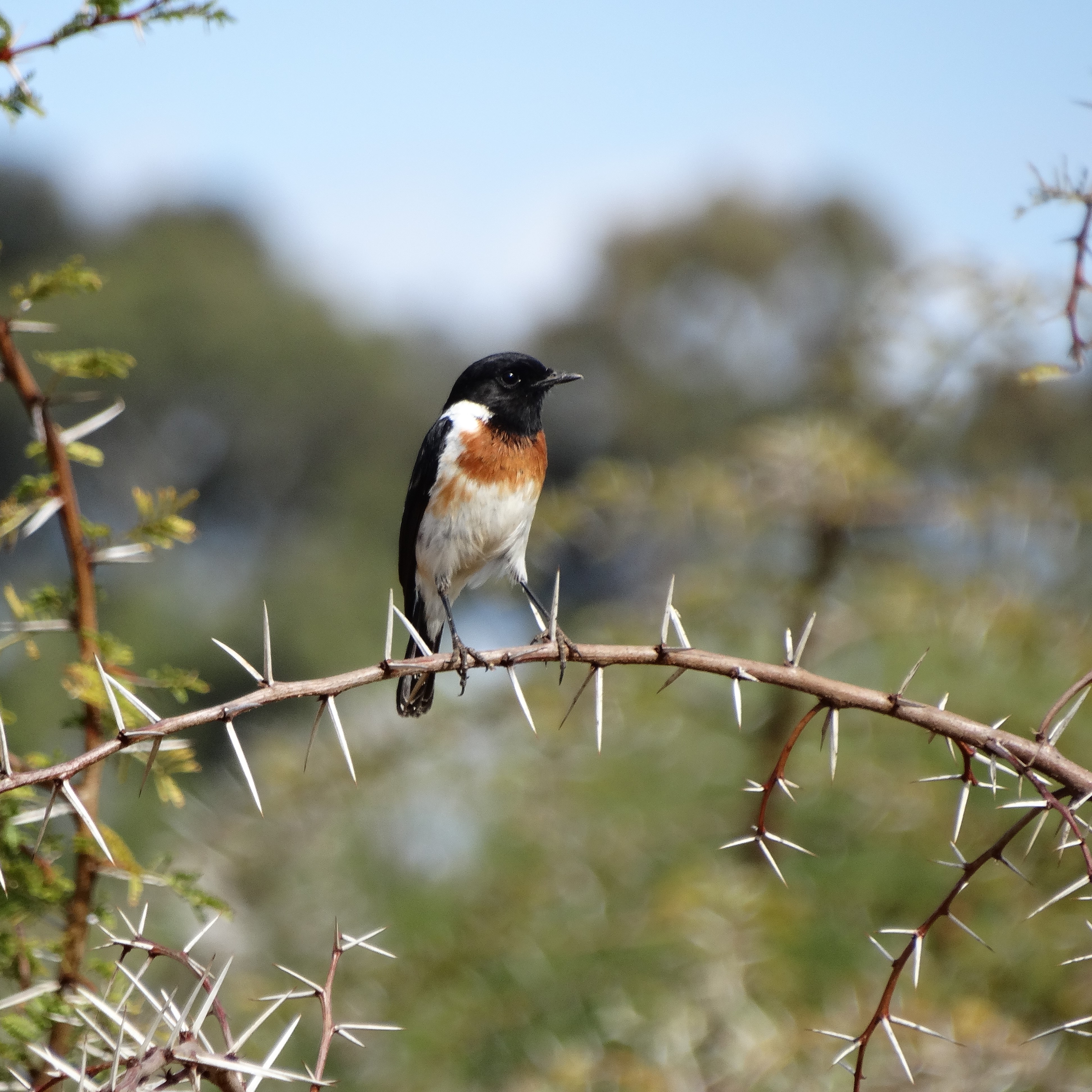
|
Bravery among birdsMost people have probably at least heard about human activities that are massively modifying ecosystems. These include not only tropical rainforests, which are important biodiversity hotspots for both animals and plants, but also open ecosystems, such as savannahs. Animals also meet humans much more often than before. However, species differ in their tolerance towards humans and degree of stress that encounters with them induce. Peter Mikula from the Faculty of Science, Charles University investigated the tolerance of tropical birds towards humans. Published Sep 26, 2023 |
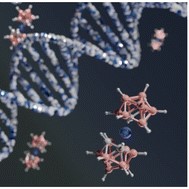
|
Interact or not? That´s the question.Hybrid organo-inorganic molecules are gaining lots of attention in medicinal chemistry lately. They can be applied in targeted cancer therapy or the treatment of other serious diseases. One of the inorganic pharmacophores (active parts of a therapeutic molecule) is metallacarborane COSAN, which is used to improve the function of many biologically active molecules targeting DNA. But how does COSAN itself interact with DNA? A new study conducted under the lead author Mariusz Uchman from the Department of Physical and Macromolecular Chemistry, Faculty of Science, Charles University, now answers this question. Published Sep 26, 2023 |
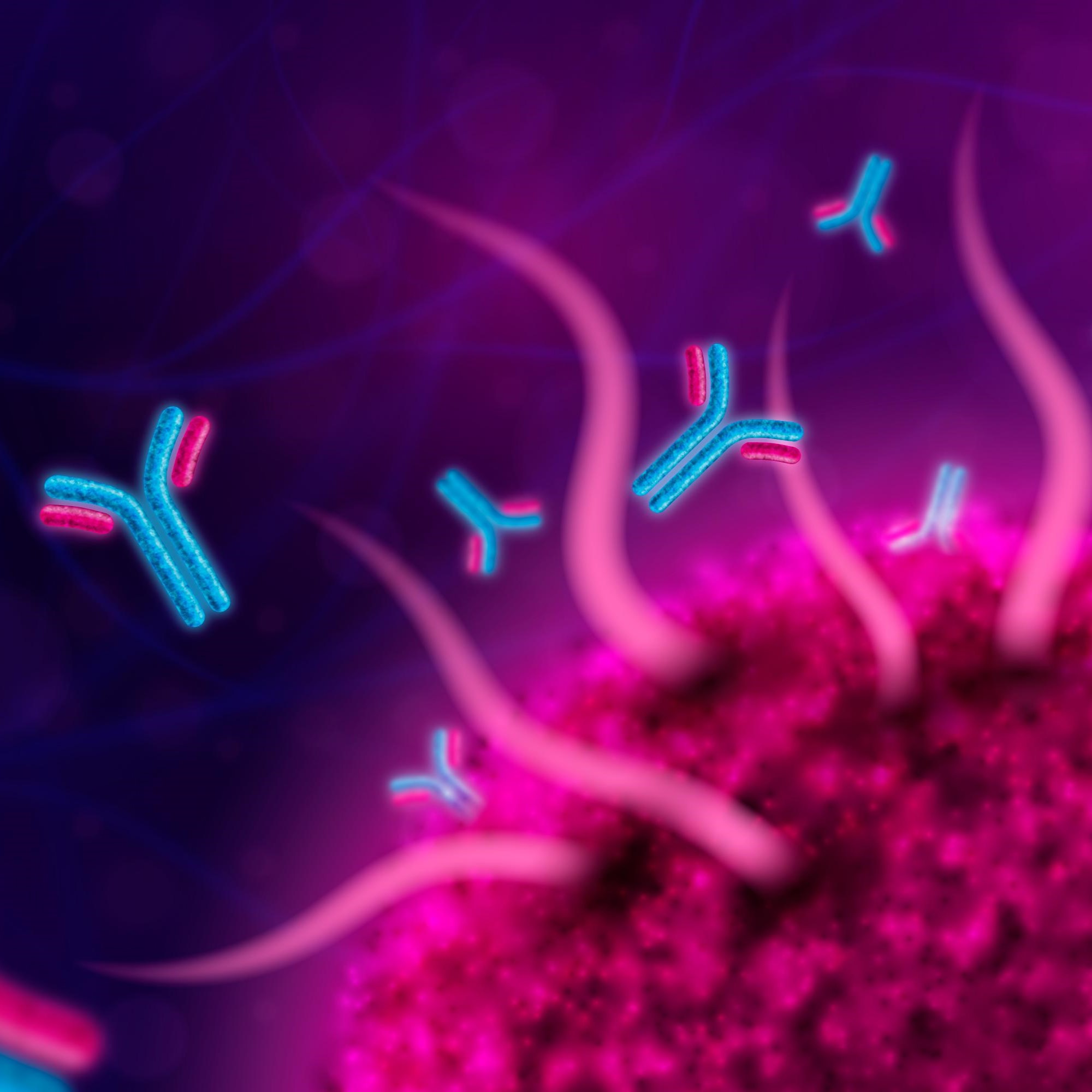
|
Immune genes – important, yet not exploredOur immune system is very complex. 10% of the genome is made of genes encoding immunity. Even though species differ in the composition of their immune genes, most of them are shared by the majority of jawed vertebrates. Despite this, there are tremendous differences within these shared genes. That’s because genomes are undergoing never-ending changes thanks to mutations. Immune system genes are one of the most rapidly evolving and their sequences are diverse both across and within species, mostly due to adaptations induced by previous interactions of the host immune system and pathogens. However, this field of infectious biology is heavily understudied. Michal Vinkler from the Faculty of Science, Charles University looked at this topic in more detail. Published Sep 19, 2023 |
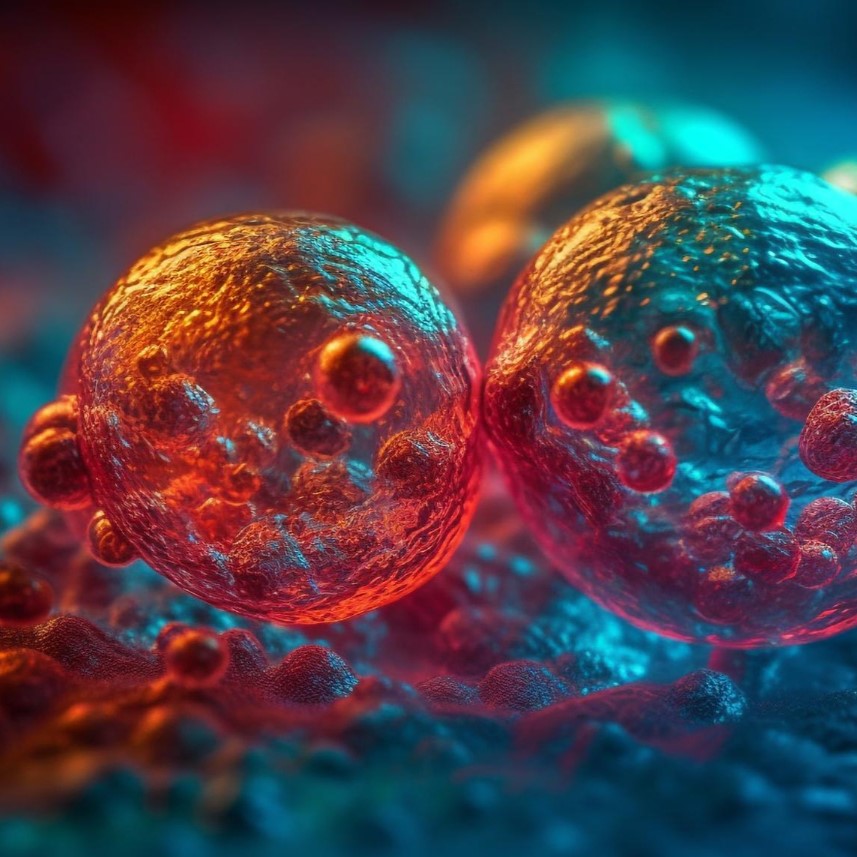
|
A window into the future of cancer treatmentMost of us probably think of a tumor as a piece of tissue that grew somewhere, where it wasn’t supposed to. Cancer tumor contains not only metastasizing cells but other cell types as well. Collectively, this is called the tumor microenvironment (TME), and everything in it is affected by the cancer treatment. Most of the research regarding cancer focuses on its treatment. Nevertheless, the effects on TME are not discussed enough, even though it might have a crucial influence on the illness. Mirko Milošević from the Faculty of Science, Charles University was part of a research group that looked at this missing piece and summarized the effect of various metabolic cancer treatments on the non-transformed cell types within TME. Published Sep 11, 2023 |
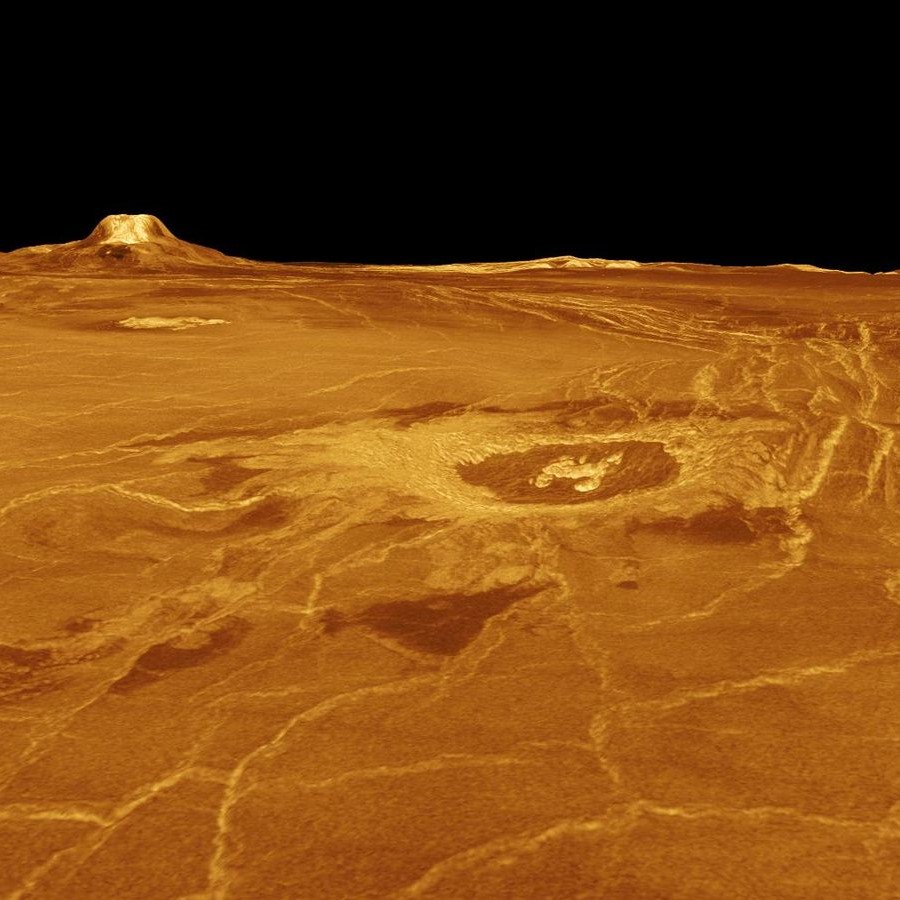
|
So similar yet so different – the story of Earth and VenusMost of us probably know how Mount Everest and the Himalayas mountains look. But have you ever imagined how mountains look at our nearest planetary neighbor – Venus? How can we use our own terrestrial mountains to study the space ones? The scientific team led by geophysicist Gunther Kletetschka from the Institute of Hydrogeology, Engineering Geology, and Applied Geophysics of the Faculty of Science, Charles University, has taken these questions and used them for their new study comparing the geological profiles of Earth and Venus based on their gravitation. The paper was published in the prestigious scientific journal Scientific Reports, which is part of the Nature journal. Published Sep 01, 2023 |
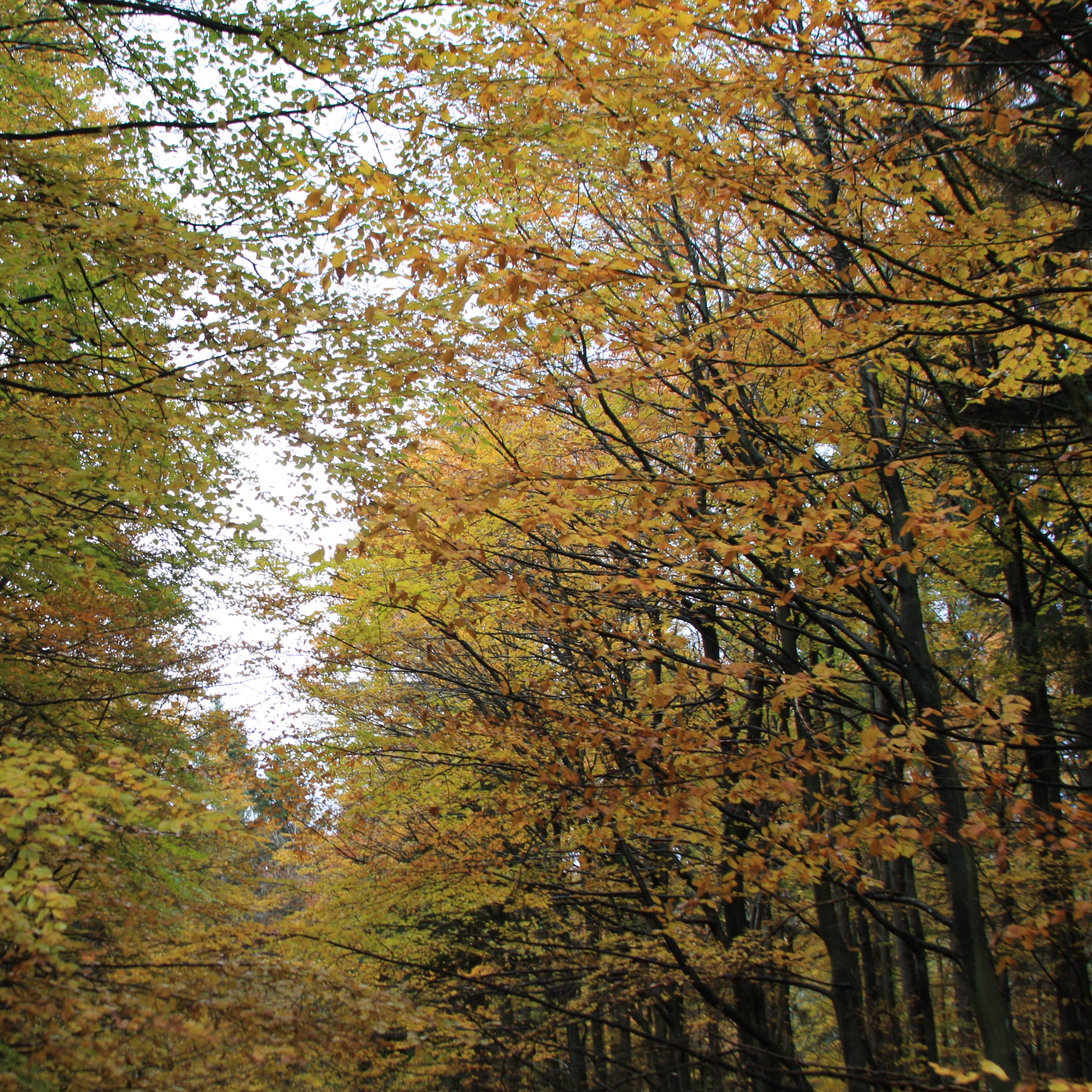
|
Global change under the microscopeGlobal climate change can be studied from various points of view. What causes it, how to prevent it, and what consequences will it bring. Petr Kohout from the Faculty of Science, Charles University, was part of a research group, that studied the effect of global change on forest microbiome. The study was even selected to be on the cover of a prestigious journal Nature Reviews Microbiology. Published Aug 28, 2023 |

|
Where do the herbarium specimens come from?For more than twenty years, there has been a heated debate about the close relationship between museums and colonialism. A new study in the prestigious journal Nature Human Behaviour examines herbarium collections around the world, their colonial legacy and the extent to which herbarium data has been digitised. One of the study's co-authors is Patrik Mráz, Head of the Herbarium Collections at the Faculty of Science, Charles University. Published Jul 25, 2023 |

|
Is an increase in disgust during pregnancy a way to protect the fetus?The behavioural immune system (BIS) is a very important part of the human defence mechanism against external pathogens, in addition to the physical immune system. It functions mainly on the principle of disgust, which warns us against potential infectious agents. The degree of disgust varies not only between people but can also change in an individual throughout a lifetime. Most often these changes reflect an increased risk of pathogenic infection (e.g. due to immune and hormonal changes or due to higher concentrations of pathogens in the environment). Could the level of disgust increase in women during pregnancy because of an intelligent immune system response to protect the mother and fetus from potential pathogens? The question of whether the ongoing COVID-19 pandemic was reflected in pregnancy disgust or changes in it, precisely because of the increased risk of disease, was addressed by a group of researchers who recently published a paper in Frontiers in Psychology. Šárka Kaňková and Jana Hlaváčová from the Department of Philosophy and History of Science and Jan Havlíček from the Department of Zoology also participated in the study. Published Jul 24, 2023 |
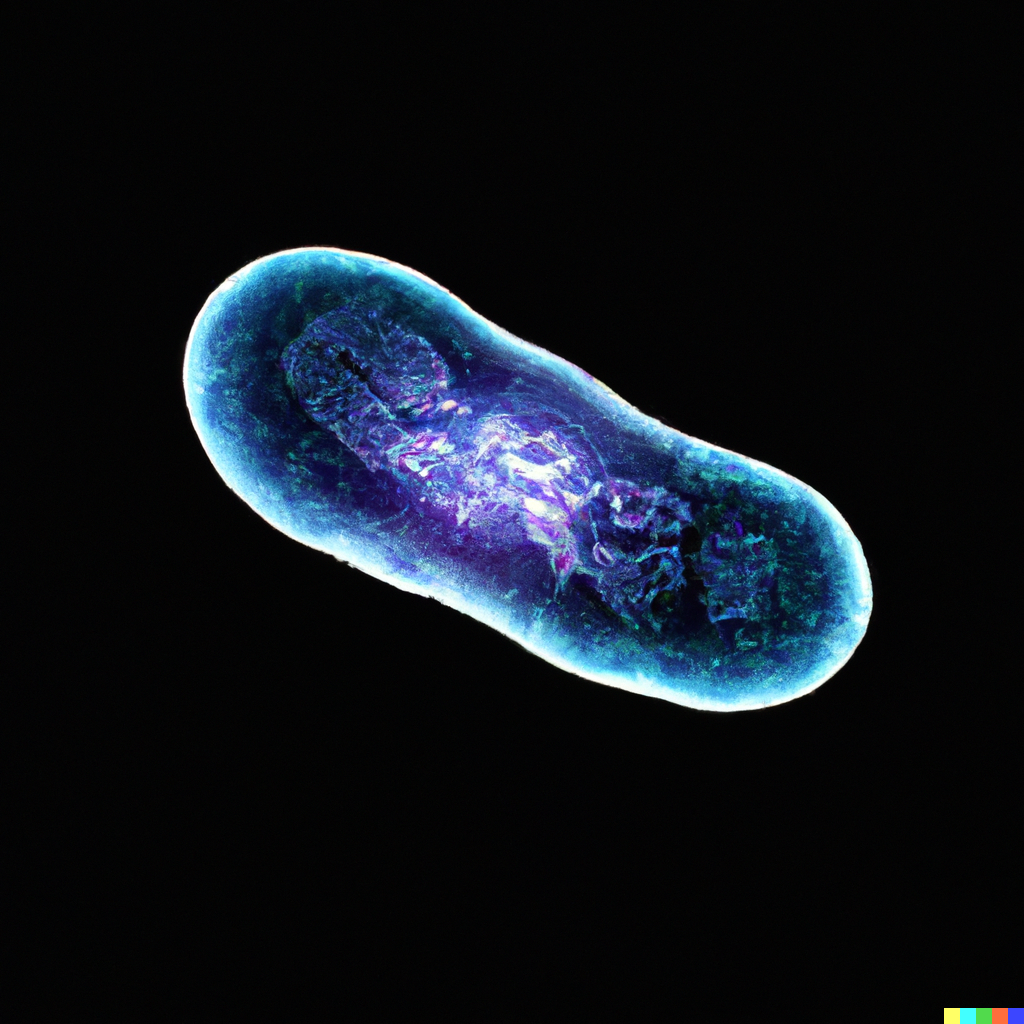
|
Halt migration – a new way of cancer treatment?Cellular migration is crucial for the formation of metastasis – distant cancer cell deposits. However, metastasis is what makes cancer deadly in most cases. Prevention of their formation could thus present a promising approach to the treatment of the feared disease. The current options as well as prospects for the future are reviewed in a new paper by a scientific team joined by Jan Brábek and Daniel Rosel from the Faculty of Science, Charles University. Published Jul 16, 2023 |
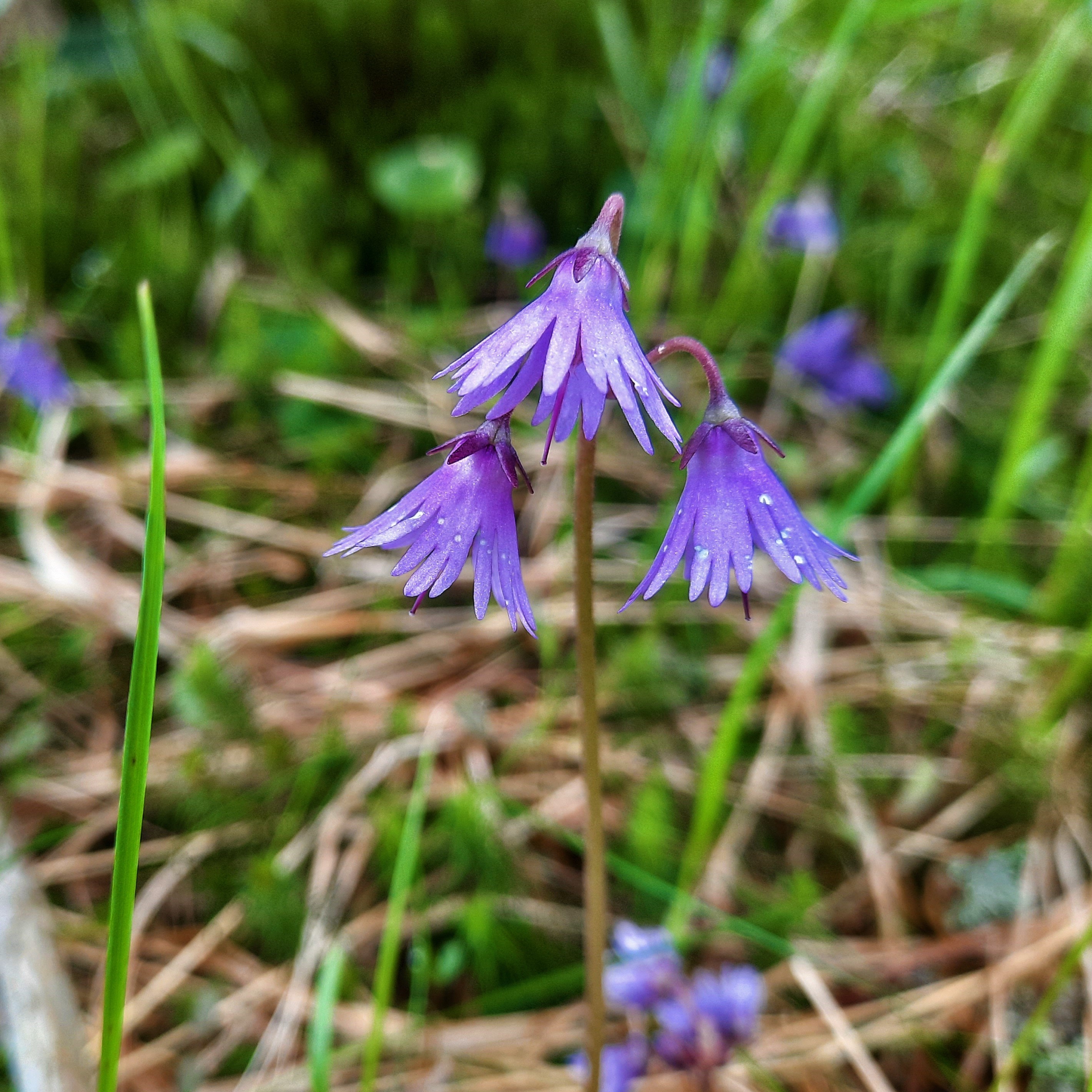
|
Genetic movement of SoldanellaIn both plant and animal species, various hybridisations can occur over time, leading to the transmission of genes to descendants and sometimes to the origin of new species. Using new methods of plant genome research, it is possible to capture these pathways into history, helping us to better understand evolutionary processes and often making extraordinary discoveries. One interesting plant whose pathways of evolutionary hybridization have not yet been fully elucidated is the genus Soldanella L. (snowbells; Primulaceae). Marek Slovák from the Department of Botany, Faculty of Science, Charles University, together with an international team across Europe, have unravelled the so far unknown fate of the Soldanella genus. Published Jul 03, 2023 |
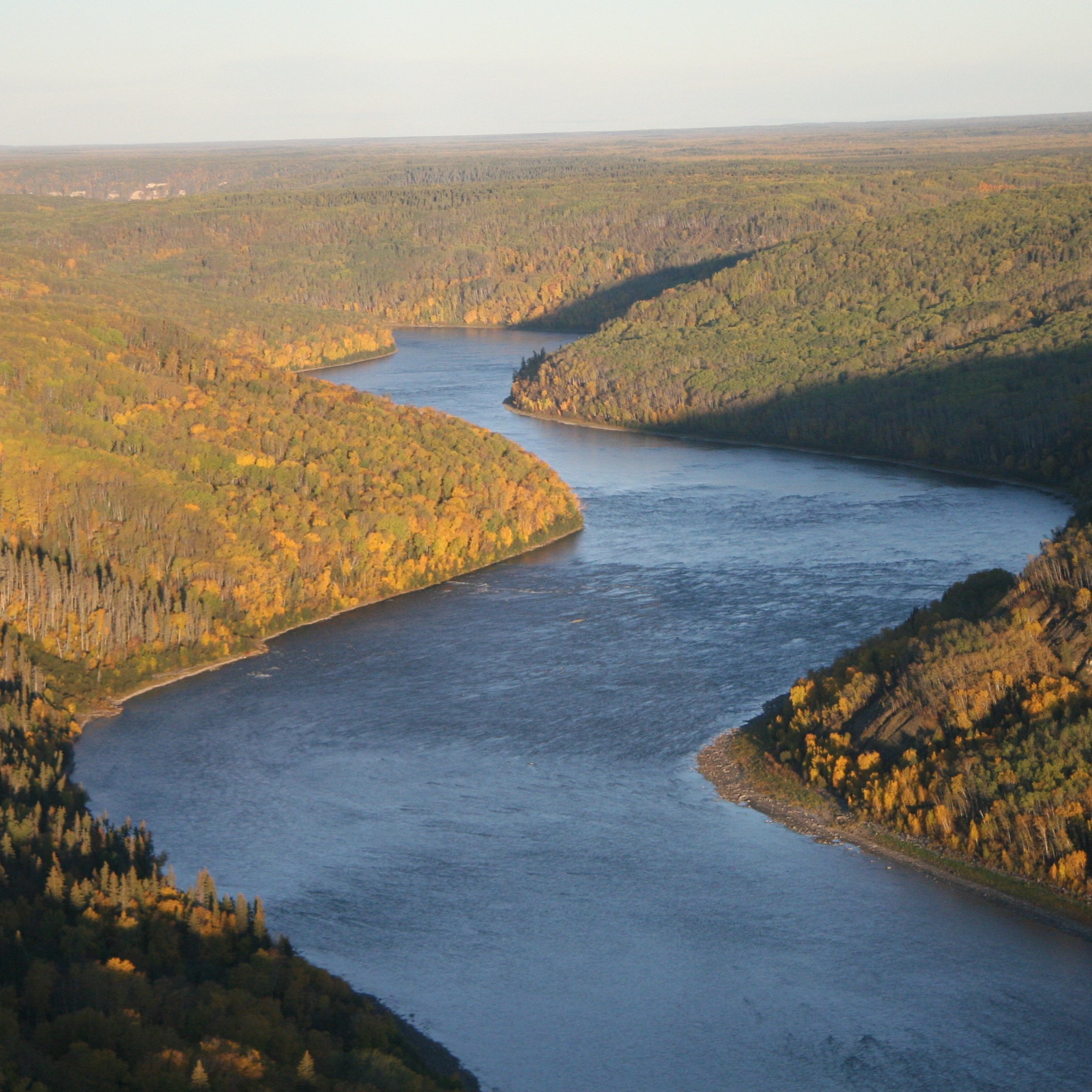
|
When ice melts and water disappearsClimate change, along with rising air temperatures, has a major impact on the quantity and availability of water in many ways. As a result, there are also ecological impacts on the entire ecosystem. One of the catchments that has been severely affected by climate change and is also currently facing controversy over the use of large amounts of water to extract the lowest quality oil resource (bitumen) is the Athabasca River Basin in Canada. Milada Matoušková and Kateřina Fraindová from the Department of Physical Geography and Geoecology at the Faculty of Science of Charles University focused on the specific impacts in detail. Published Jun 26, 2023 |
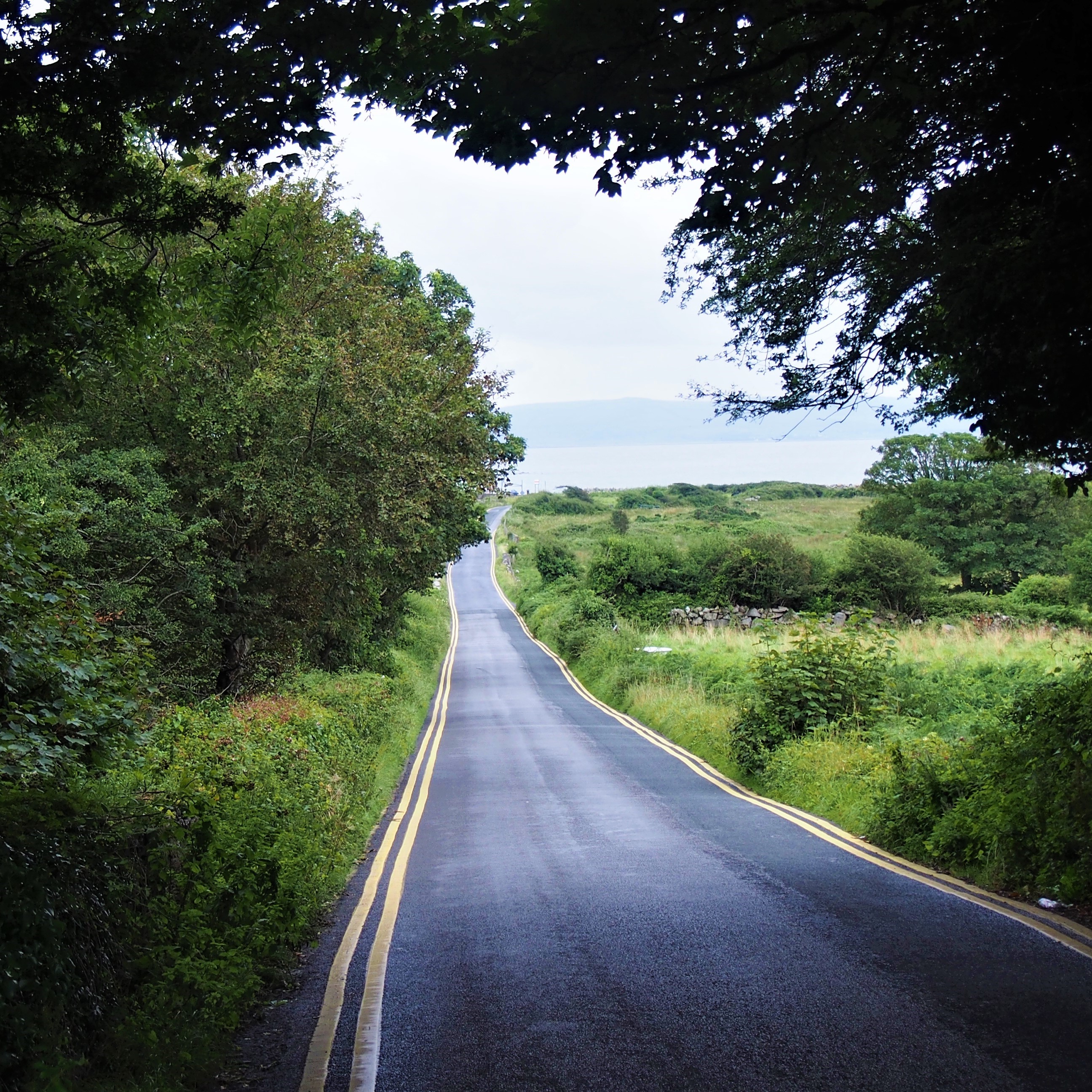
|
New colours of the worldThe world is still changing. Because of that, there is an increasing need for new classifications of individual systems to help determine the state, pattern, and dynamics of change in each area. However, most global systems only include natural conditions. But what about abiotic factors, biodiversity, or human influence? Aleš Hrdina and Dušan Romportl from the Department of Physical Geography and Geoecology at Charles University used all mentioned and much more in their quest for a new classification of Global Environmental Systems. Published Jun 19, 2023 |
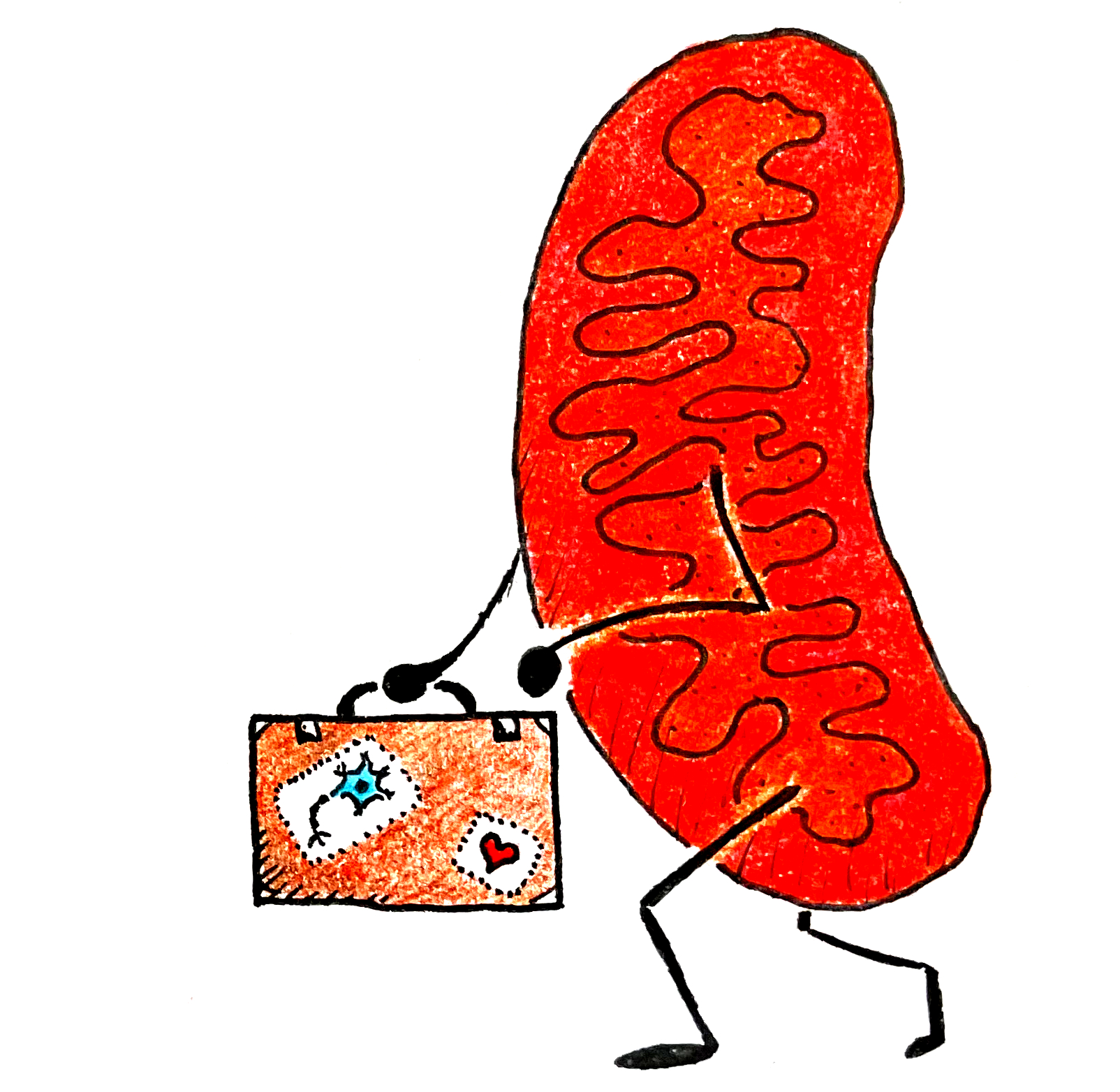
|
Mitochondria on the Move“Mitochondria are the powerhouse of the cell.” An almost iconic sentence describing and simplifying the role of mitochondria in eukaryotic cells. Mitochondria indeed are essential in producing vast amounts of energy for the cell. However, they also serve many other key functions. So key in fact that cells may exchange mitochondria with each other or even steal them in a process termed horizontal mitochondrial transfer (HMT). A new review paper in the Journal of Cell Biology co-authored by prof. Ing. Jiří Neužil, CSc. (Griffith University, IBT CAS, and Department of Physiology, Faculty of Science) thus focused on known implications of HMT for human health. Published Jun 12, 2023 |
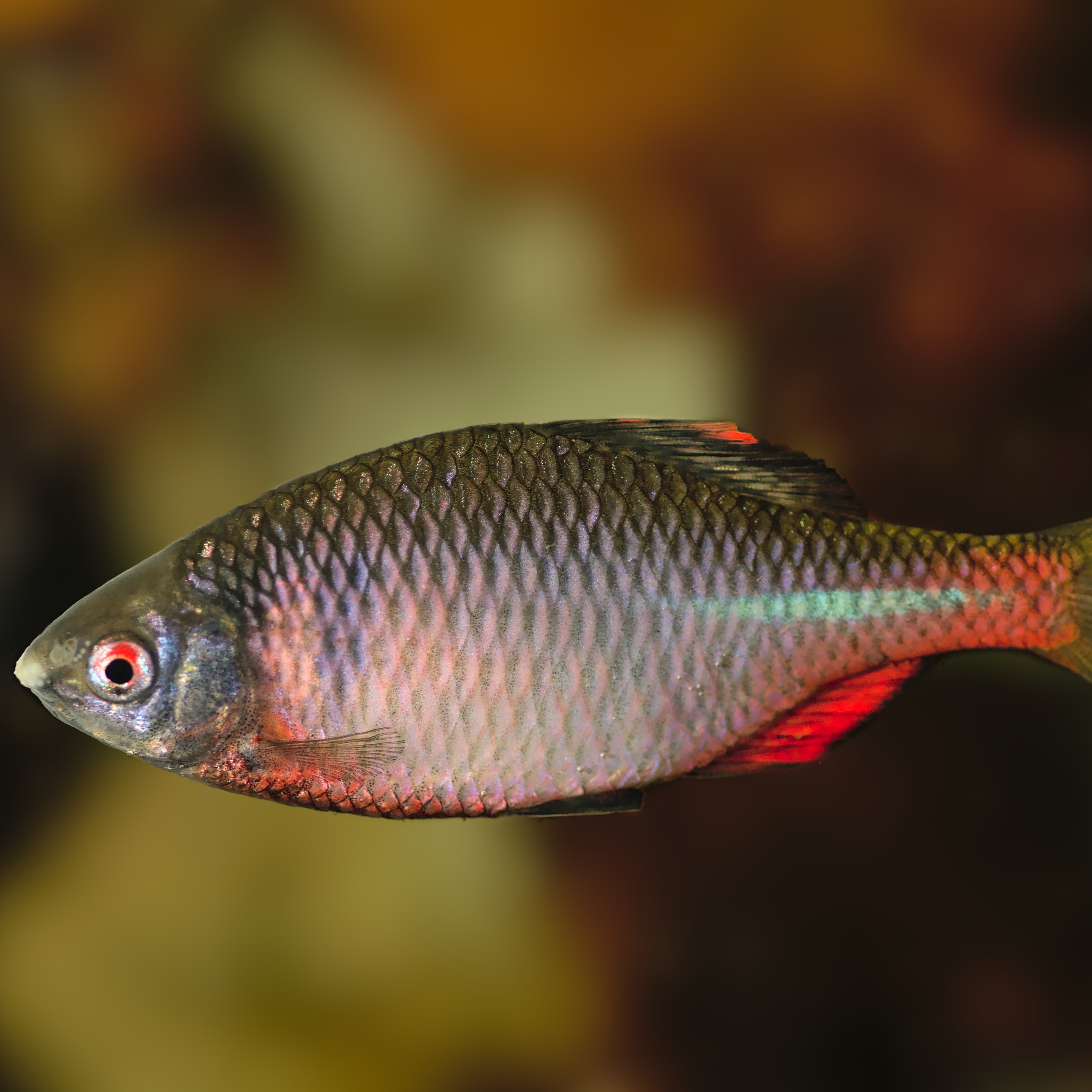
|
Fish stress pushes the boundaries of scienceWhen a person is under stress, their body produces a variety of hormones that prepare the body for a hit-or-run scenario. One of these stress hormones can also be observed and measured in fish, which challenges any claim that fish cannot experience stress. The research we present today looks more closely at how the host body reacts to a parasite infestation. A research team of scientists led by Professor Martin Reichard measured cortisol levels in plasma samples taken from rainbow gurnard fish in response to parasite infestation. Together with Anna Janovská from the Faculty of Science of Charles University, they published a paper in the Environmental Biology of Fishes journal. Published Jun 05, 2023 |
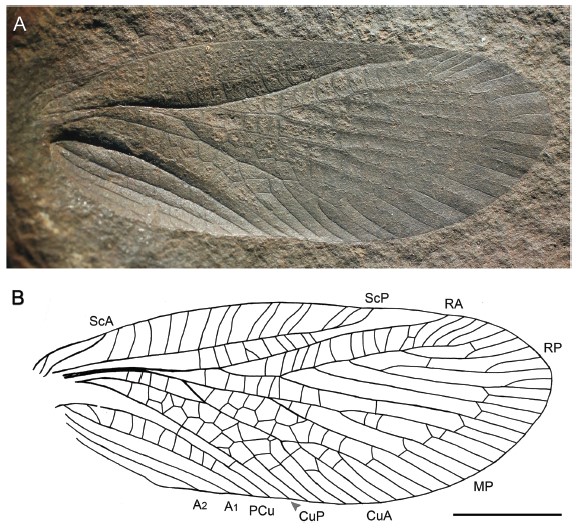
|
Insect fossil gems from iron concretionsPalaeoentomology is a fascinating field of scientific research that studies fossil insects. Extinct species are compared to modern relatives, facilitating the dating of phylogenetic trees, and so on. Scientists can apply modern approaches to describe the morphology of individuals and compare them with extinct relatives. Tomáš Dvořák and Jakub Prokop from the Department of Zoology, Faculty of Science, Charles University, together with a colleague from the Polish Academy of Sciences, published an article in the journal Historical Biology in which they describe the findings of insect wings and other body structures in concretions from the Upper Carboniferous period. Published May 23, 2023 |
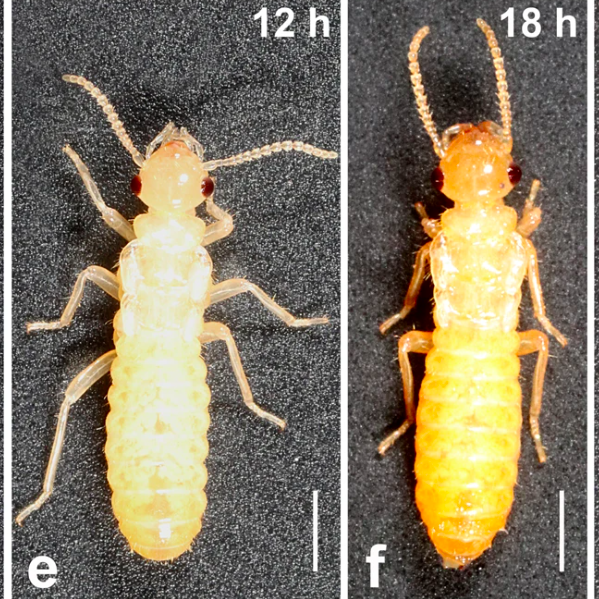
|
Pheromones – more than a thousand wordsTermites, as well as bees and wasps, are social or eusocial insects. What does that mean? As an insect community, they have set castes that determine each individual’s role in the termite community. But how does such a termite know which caste it belongs to? Does it prefer to look after the eggs or defend the nest? How does communication work between tens of thousands of individuals in a colony? These are key questions in social insect biology that researchers are seeking to answer. A team of scientists from the Chemistry of Social Insects research group at the Institute of Organic Chemistry and Biochemistry of the CAS has reported an important finding. Together with Klára Dolejšová and Natan Horáček from the Faculty of Science of Charles University and their French colleague Virginia Roy, they have published their work in the journal Communications Biology. Their research details the unique discovery of the first royal pheromone in higher termites, which plays a major role in controlling the division of labour in the community; specifically, in determining when nymphs (sort of princesses) become queens. Published May 18, 2023 |
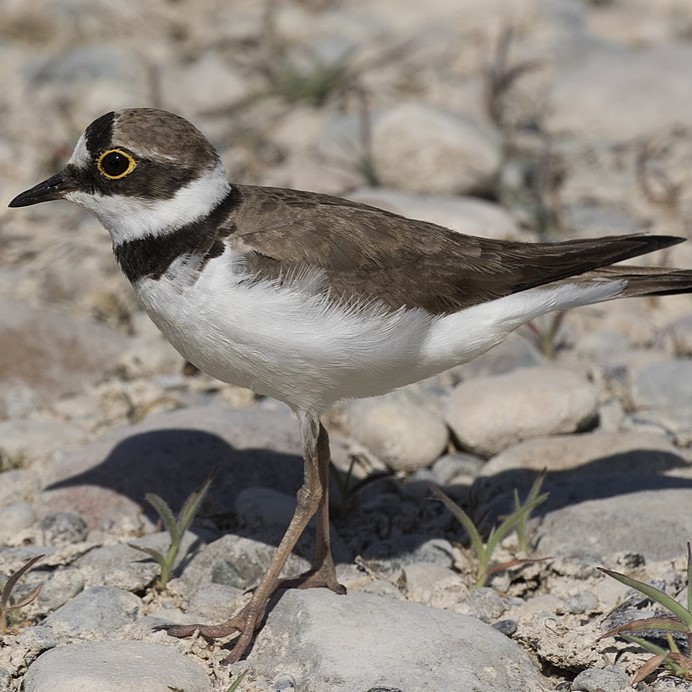
|
What does the weather forecast tell us about little ringed plovers?Our planet is undergoing global changes which are usually associated with common topics of concern, such as greenhouse gases or melting of the icebergs. Unfortunately, the effect of global changes on animal populations is not one of these topics. Vojtěch Brlík from the Faculty of Science at Charles University therefore participated in research which focused on little ringed plovers (Charadrius dubius) and the effect of precipitation and temperature on their survival throughout the year. Published May 11, 2023 |
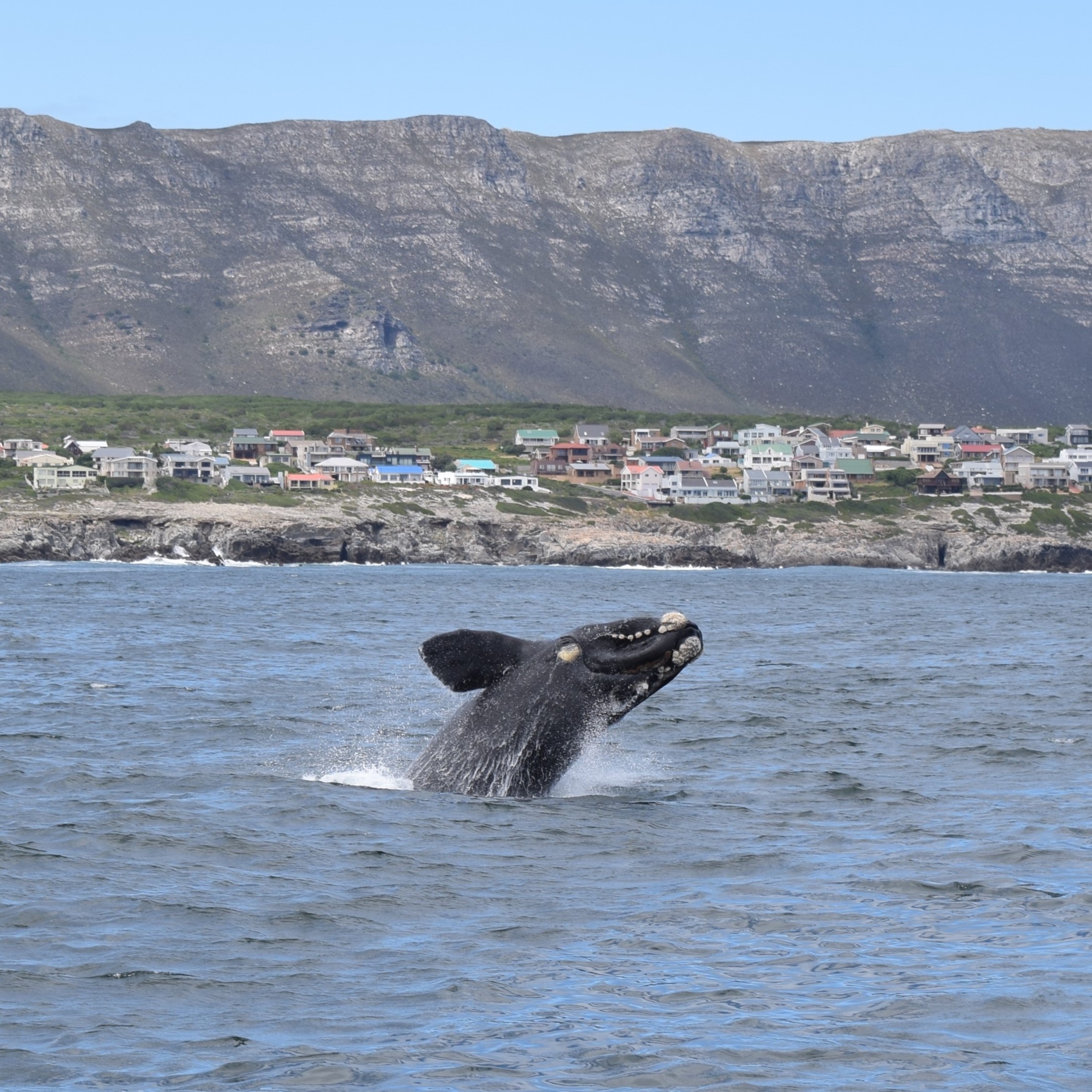
|
Even giants of the oceans deserve gentle careWhale populations have only recently begun to recover from commercial whaling, but a new factor is already beginning to threaten them: global climate change. And this is not just speculation – the impact is being felt in reproduction and population genetics. Petra Nevečeřalová and Pavel Hulva from the Department of Zoology at the Faculty of Science of Charles University have conducted genetic research on one of the largest mammals on Earth. Together with an international team of scientists, they used non-invasive methods of collecting samples for DNA analysis. Their project aimed to describe the population structure of southern right whales (Eubalaena australis) and the population changes of the species in recent decades. Published Apr 17, 2023 |